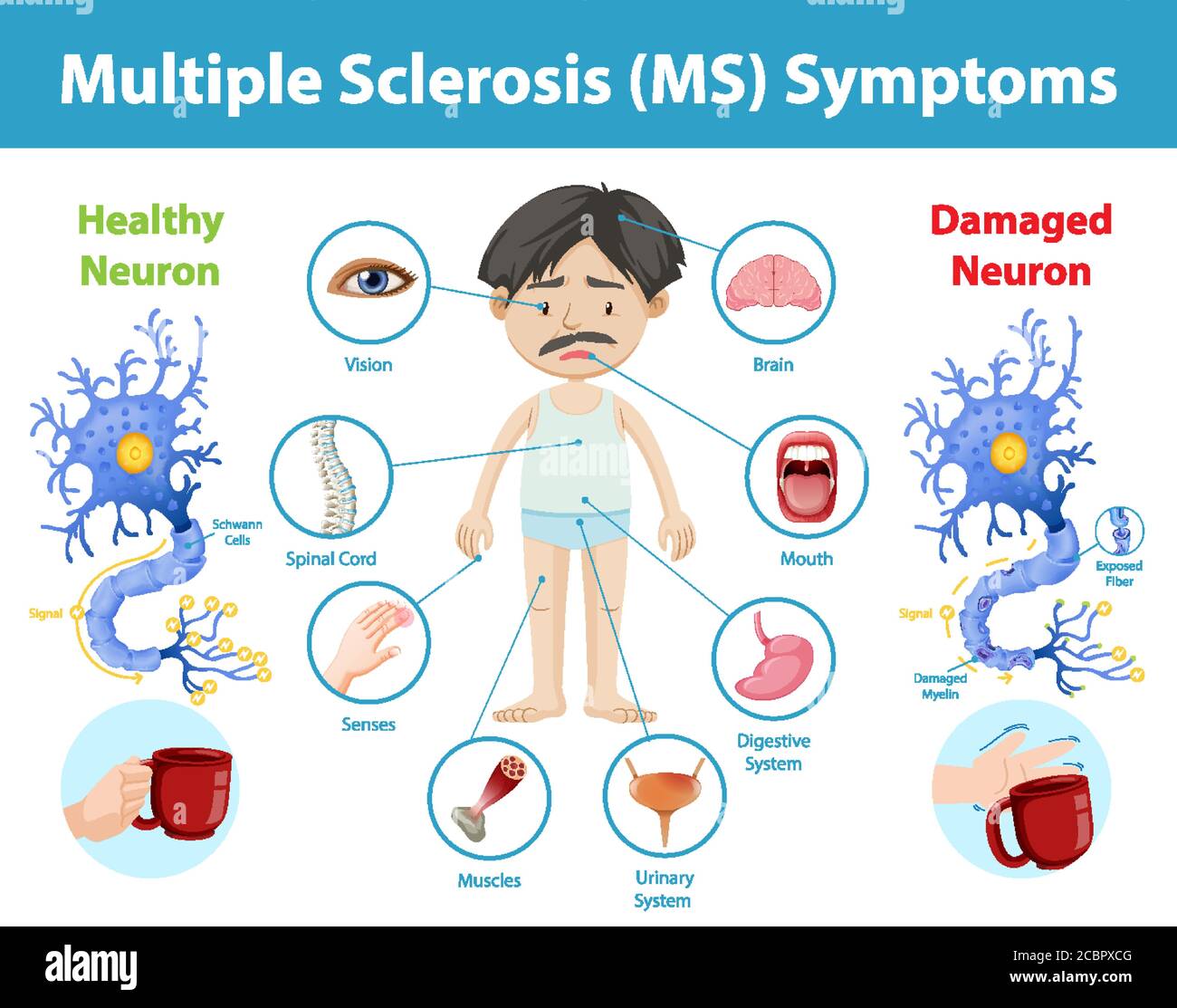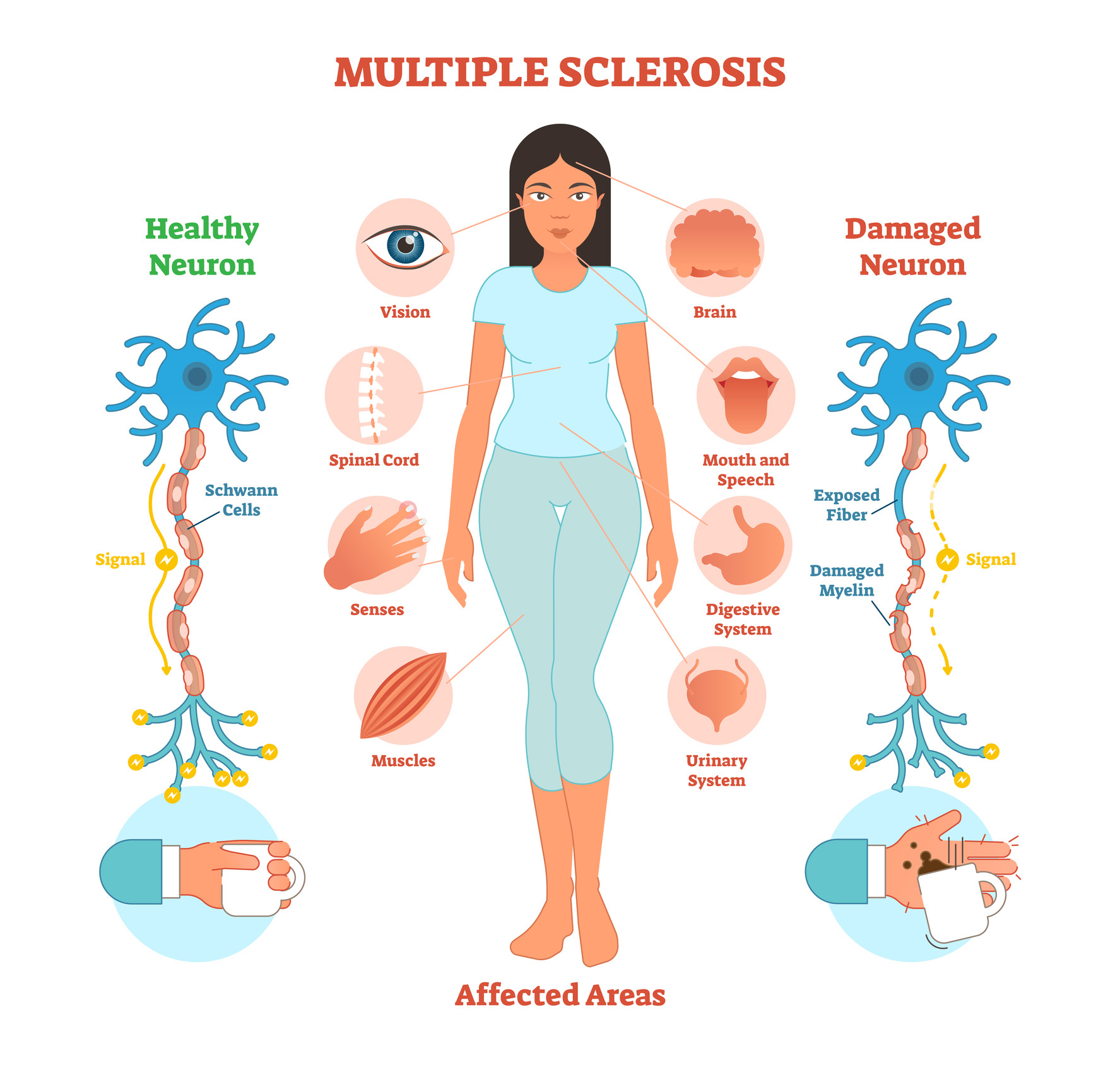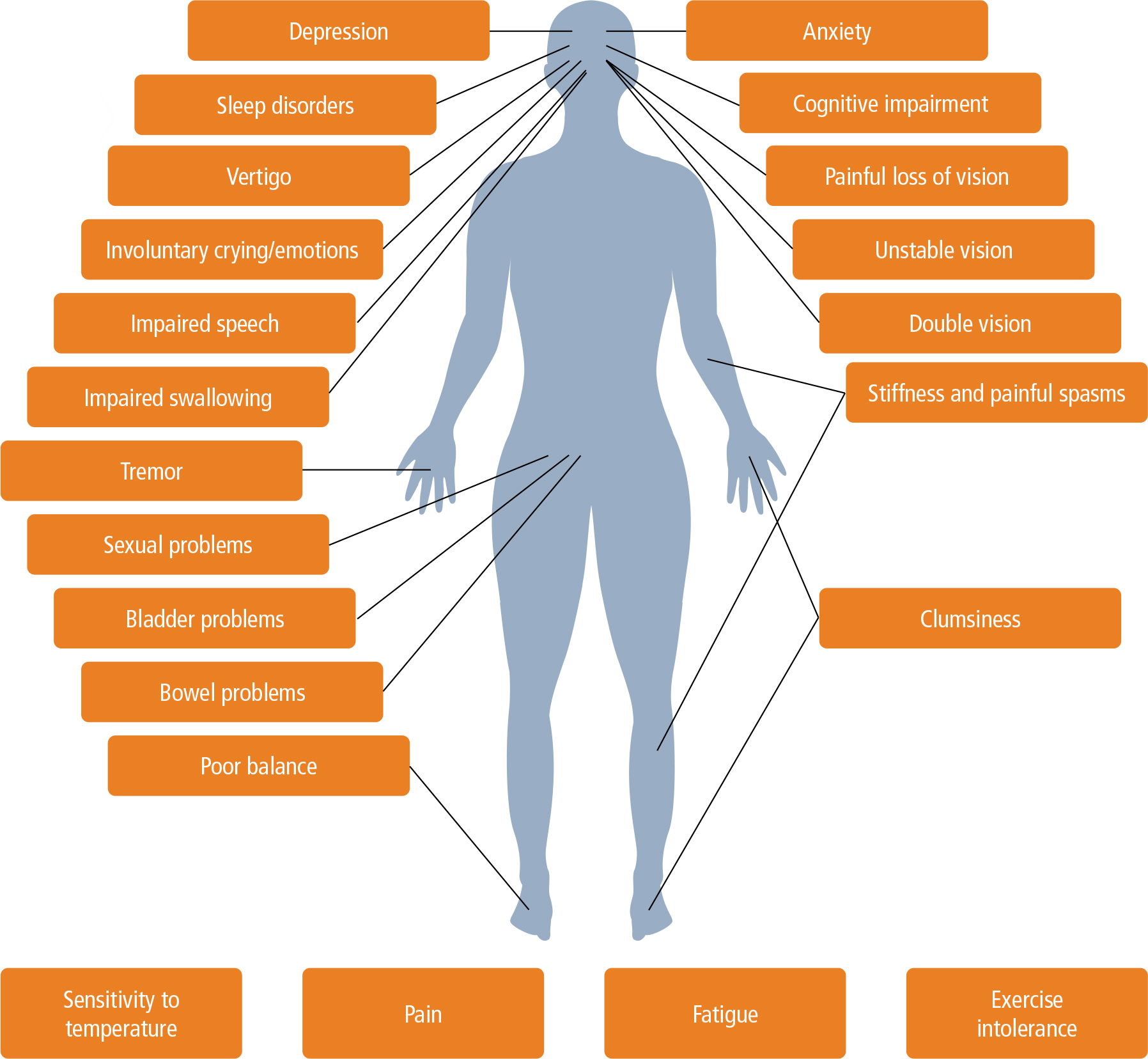Understanding Ms. Sethi's Journey: A Look At Life With Multiple Sclerosis
Learning about someone like Ms. Sethi, you know, can really help us see things in a new light. Her personal story, in a way, offers a deep look into what it means to live with a condition that changes how the body works. This article aims to explore Ms. Sethi's biography, focusing on her experiences and how she has navigated the challenges presented by Multiple Sclerosis, drawing insights from general information about this condition.
Her story, too it's almost, shows us the strength a person can find when facing something truly impactful. It’s not just about what happened to her, but also about how she responded, which is that a very powerful part of her life. We hope this exploration gives you a better grasp of both her personal journey and the wider implications of Multiple Sclerosis.
This piece, then, will connect the general facts about Multiple Sclerosis, as we understand them, with the specific path Ms. Sethi has walked. It's a way to make the information more relatable, perhaps, and show how a medical condition plays out in a real person's life. You might find it quite moving, actually.
Table of Contents
- Ms. Sethi Biography: An Overview of a Remarkable Life
- Personal Details and Bio Data of Ms. Sethi
- The Onset of Symptoms: Recognizing Early Signs
- Getting a Diagnosis: The Path to Understanding
- Living with MS: Adapting to Change
- Different Paths of MS: Understanding Clinical Courses
- The Immune System Connection: What Happens Inside
- Related Conditions: Exploring Connections
- Moving Forward: A Continuous Journey
- Frequently Asked Questions About Multiple Sclerosis
Ms. Sethi Biography: An Overview of a Remarkable Life
Ms. Sethi's life story, you know, is one that speaks volumes about resilience and spirit. Her journey, particularly after receiving a diagnosis of Multiple Sclerosis, illustrates how individuals adapt and find ways to continue living a full life despite significant health challenges. It’s a narrative that offers lessons for anyone facing their own personal battles.
Before her diagnosis, Ms. Sethi, in a way, led a life that seemed fairly typical. We can imagine her days filled with work, family, and perhaps hobbies that brought her joy. Her experiences, however, took a distinct turn when her body began to send signals that something was amiss, something that needed attention.
Her biography, then, isn't just a record of events; it's a testament to the human capacity for strength. It shows us, perhaps, how a person can find new ways to approach daily existence when faced with a condition that affects the very way one moves and senses the world. It’s quite inspiring, really, to consider.
Personal Details and Bio Data of Ms. Sethi
| Name | Ms. Sethi |
| Primary Focus | Advocacy and awareness for living with chronic conditions |
| Known For | Her personal journey with Multiple Sclerosis |
| Inspiration To | Individuals facing similar health challenges |
The Onset of Symptoms: Recognizing Early Signs
For Ms. Sethi, as with many who experience Multiple Sclerosis, the first signs might have been subtle, you know, almost easy to overlook at first. Multiple Sclerosis, as we understand it, is a condition that causes a breakdown of the protective covering of nerves. This damage can lead to a variety of physical sensations and difficulties.
She might have noticed, for instance, a feeling of numbness in a limb, perhaps a hand or a foot, that just didn't go away. Or, in some respects, she might have felt a weakness that made simple tasks, like opening a jar or walking up stairs, suddenly feel much harder than before. These initial feelings, naturally, can be confusing and sometimes concerning.
Vision changes are also a common early indicator of this condition. Ms. Sethi might have experienced blurry vision or even a temporary loss of sight in one eye, which can be quite alarming. These sorts of changes, that, are often what prompt a person to seek medical advice, to try and figure out what is happening.
Getting a Diagnosis: The Path to Understanding
The journey to a diagnosis for Ms. Sethi, as it is for many, was not a straightforward one. There are, you know, no specific tests that can definitively say "this is MS." Instead, it's a bit like putting together a puzzle, gathering many pieces of information to form a complete picture.
Her doctors would have looked at a combination of things. This would include her medical history, a detailed account of all the symptoms she had experienced, and when they started. A physical exam, too it's almost, plays a big part, where a doctor checks for things like changes in reflexes or muscle strength.
MRIs, which are special scans, provide important images of the brain and spinal cord, looking for areas where nerve coverings might be damaged. And sometimes, a spinal tap, which involves taking a small sample of fluid from the spine, can offer more clues. All these pieces, in a way, help medical professionals make a diagnosis of Multiple Sclerosis. It’s a thorough process, usually.
Living with MS: Adapting to Change
Once Ms. Sethi received her diagnosis of Multiple Sclerosis, her life, in some respects, began to shift in new ways. This condition, as we know, is the most common demyelinating disease of the central nervous system. It means her body's immune system, which usually fights off bad things, instead attacks the myelin sheath, which is the protective covering around nerves, or the cells that make it.
This attack can cause a range of effects, as we've talked about, from numbness to trouble walking. Ms. Sethi, like others, had to learn to adapt to these changes, finding new ways to do everyday things. It's a continuous process of adjustment, you know, requiring patience and a good bit of determination.
There is no cure for Multiple Sclerosis, which is a very important point to remember. This means that Ms. Sethi's approach to living with the condition involves managing symptoms and finding ways to maintain her well-being. It's about living with the condition, rather than simply waiting for it to go away. Learn more about Multiple Sclerosis on our site.
Different Paths of MS: Understanding Clinical Courses
The path of Multiple Sclerosis, as it turns out, is not the same for everyone. Ms. Sethi's experience, too it's almost, would fall into one of the various clinical courses that this condition can take. Understanding these paths helps us grasp the different ways the disease can affect a person over time.
By far the most common form, for instance, is Relapsing-Remitting MS, often called RRMS. In this form, a person experiences periods where symptoms appear, or "relapses," followed by periods of recovery, or "remission," where symptoms might lessen or even disappear. Ms. Sethi, perhaps, initially experienced this type of course.
Then there's also Progressive MS. This includes forms where symptoms steadily get worse over time, without clear periods of remission. Secondary Progressive MS, or SPMS, is one such type. We know that 20% to 40% of people with Relapsing-Remitting MS, like Ms. Sethi might have been, eventually experience a steady progression of symptoms over time. This progression, you know, can happen within 10 to 40 years from when the condition first started, and it might happen with or without those periods of things getting better. It's a different kind of challenge, certainly.
The Immune System Connection: What Happens Inside
To truly grasp Ms. Sethi's journey, it helps to understand a bit more about what Multiple Sclerosis does inside the body. This condition, you know, is all about the immune system. Normally, our immune system is our body's defender, fighting off germs and things that can make us sick.
But in Multiple Sclerosis, something goes awry. The immune system, in a way, mistakenly attacks the myelin sheath. This myelin sheath is like the insulation around electrical wires; it helps nerve signals travel quickly and smoothly. When it gets damaged, the signals can slow down or even stop, which is that why symptoms appear.
This attack can also target the cells that create this myelin. So, the body is, in essence, causing damage to its own vital communication system. This is a very complex process, certainly, and it’s why the effects of MS can be so varied and unpredictable for someone like Ms. Sethi. You can learn more about this by visiting a reputable source, like the Mayo Clinic website, for more details on Multiple Sclerosis symptoms, causes, prevention, diagnosis, and treatment.
Related Conditions: Exploring Connections
When considering Ms. Sethi's experience, it's also worth noting that sometimes, other health matters can appear alongside Multiple Sclerosis. For instance, there's been some thought about a connection between Multiple Sclerosis and epilepsy. This is a rather interesting area of study, certainly.
Studies looking into the development of progressive Multiple Sclerosis have mostly looked at changes in the brain's main tissue. However, it's been observed that epileptic seizures are, apparently, more common in people who have Multiple Sclerosis than in those who do not. This suggests a link, though the exact reasons are still being explored.
This connection, then, adds another layer to the experience of someone living with MS, like Ms. Sethi. It means that managing the condition can sometimes involve addressing other health concerns that might arise. It's a reminder that the body is a very interconnected system, and one condition can sometimes influence another. It's something to be aware of, surely.
Moving Forward: A Continuous Journey
Ms. Sethi's story, you know, is a powerful reminder that living with Multiple Sclerosis is a continuous journey. There are no quick fixes, as we've discussed, and the path can have its ups and downs. Her life, in a way, shows us how someone can adapt to ongoing challenges and still find meaning and purpose.
She, like many others, has likely explored various ways to manage her symptoms and maintain her overall well-being. This might involve different approaches to daily living, perhaps changes in diet, or specific therapies aimed at easing discomfort or improving function. It's about finding what works best for her, which can be a very personal process.
Her experience, then, contributes to a broader understanding of what it means to live with a condition like Multiple Sclerosis in the present day. It helps shed light on the realities faced by individuals and families affected by this condition, and underscores the importance of ongoing support and research. It’s quite a significant contribution, really, her story.
We invite you to learn more about living with chronic conditions on our site, as Ms. Sethi's journey provides a window into this important topic.
Frequently Asked Questions About Multiple Sclerosis
People often have many questions about Multiple Sclerosis, especially when they hear stories like Ms. Sethi's. We've gathered a few common ones here, which are often asked, to help provide more clarity. These are, you know, questions that come up a lot.
Is there a specific test for Multiple Sclerosis?
No, there isn't one single test that confirms Multiple Sclerosis. The diagnosis is given by a combination of things. This includes a person's medical history, what a doctor finds during a physical exam, results from MRIs of the brain and spinal cord, and sometimes, the results from a spinal tap. It's a bit like putting several clues together to solve a mystery, you know, to get the full picture.
Can Multiple Sclerosis be cured?
As of right now, there is no cure for Multiple Sclerosis. The goal of treatment is to manage the symptoms, slow down the progression of the condition, and improve a person's quality of life. Ms. Sethi, like others, would be focused on these aspects of care. Research is always ongoing, which is a very hopeful thing, but a cure isn't available yet.
What are the most common symptoms of Multiple Sclerosis?
Multiple Sclerosis can cause a variety of symptoms because it affects the central nervous system. Common ones include numbness, a feeling of weakness in parts of the body, trouble walking or with balance, and changes in vision, such as blurriness or double vision. These symptoms can come and go, or they might become more persistent, depending on the type of MS. It really varies from person to person, you know, quite a bit.

Multiple sclerosis (MS) symptoms information infographic illustration Stock Vector Image & Art

An Overview of Multiple Sclerosis

Multiple sclerosis in primary care – diagnosis and early treatment - Issues and Answers